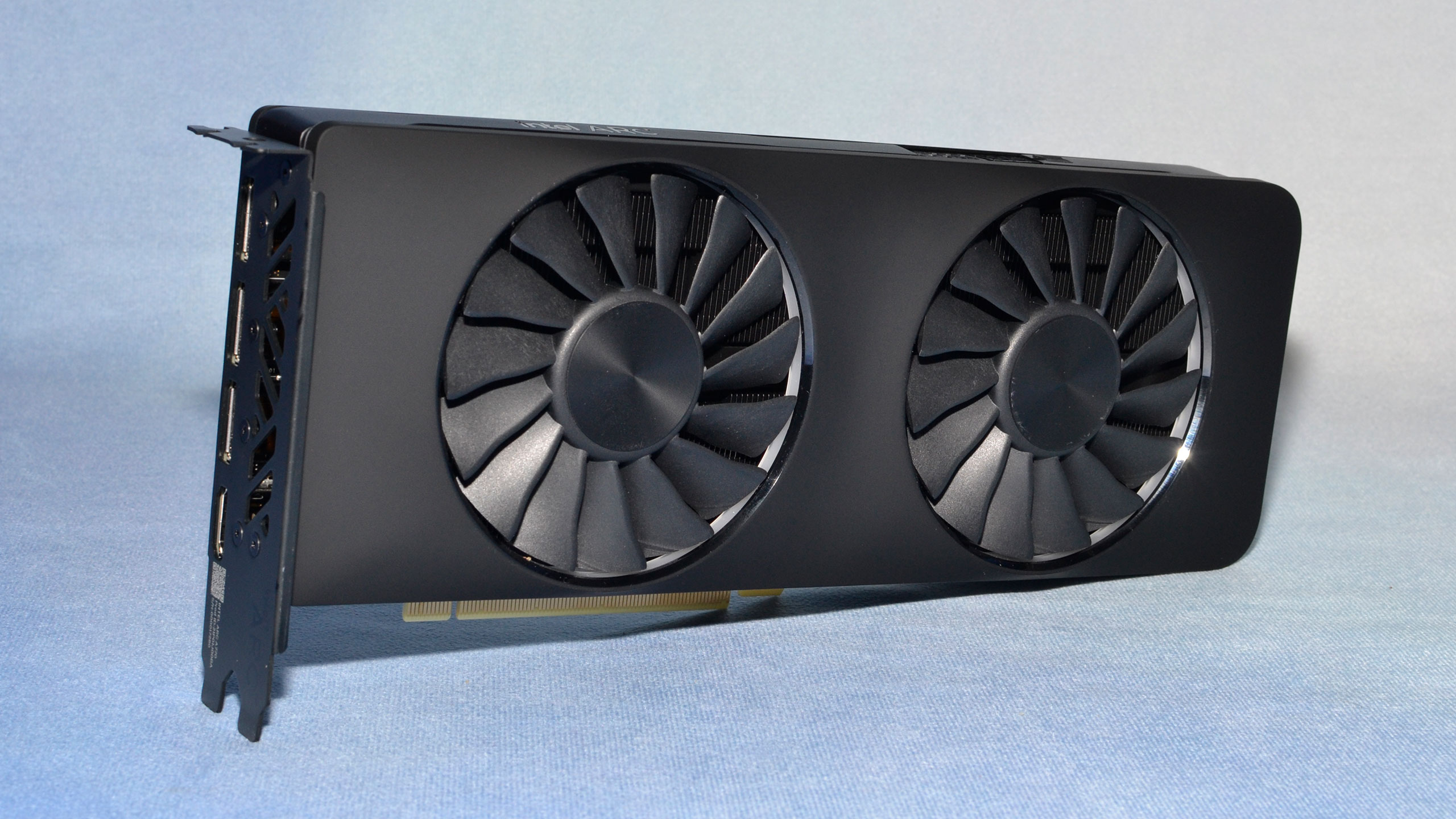
Homebrew Intel Arc OC Tool Released by Legendary Overclocker
Overclocking legend Peter “Shamino” Tan, who currently works for Asus, has released Arc OC Tool (opens in new tab), a homemade program to overclock Intel’s Arc Alchemist graphics cards. Unfortunately, neither Intel nor Asus endorses this utility, so it’s provided as is, and you should only use it at your own risk.
Among the best graphics cards, Intel Arc doesn’t play nice with popular third-party overclocking software, such as MSI Afterburner, Asus GPU Tweak III, or EVGA Precision X1. Being a tenderfoot to the graphics card game, it’s puzzling that Intel didn’t make its graphics cards work with external overclocking applications or at least reach out to the respective parties to usher in support. Until now, Arc owners have been stuck with Intel’s Arc Control software to overclock their graphics cards. Arc Control isn’t a bad tool, but it certainly has limitations.
Tan built the Arc OC Tool around the Intel Graphics Control Library (opens in new tab) (IGCL), so the software comes with all the overclocking functions available as of January 9. Although he works for Asus, the Arc OC Tool works with any Arc graphics card and motherboard regardless of the vendor. The program is available for download from overclocking expert Pieter-Jan Plaisier’s SkatterBencher website (opens in new tab).

Arc OC Tool supports offset and static (locked) overclocking. The former taps into the graphics card’s voltage-frequency curve, whereas the latter enables consumers to dial in a specific voltage and frequency. For now, Intel’s own Arc Control software only allows offset overclocking, so the static feature is exclusive to Tan’s homebrew software.
Or that’s the theory. In limited testing with the Arc A770 Limited Edition, while running FurMark (above), we attempted to force a 2300 MHz clock speed. It didn’t take, and neither did 2,350 MHz. The card happily continued running at 2,200 MHz for the most part, with occasional blips to 2,250 or even 2,300 MHz. But it was doing that before we tried the Arc OC Tool.
Also, it’s worth noting the warning listed on the website:
“IMPORTANT! Be careful when setting the voltage! On my A380 I have to set 1.00000 for the default voltage, then 0.99999 for 10mV less and 1.00001 for 10mV more. If you’re not careful, it’s possible to set >2V as I demonstrated before.”
That… sounds bad. The software isn’t using the right values if a 0.01mV change represents a 10mV change. Given that warning, we didn’t want to poke around at voltage changes much, though we successfully locked up our PC by trying a 200 MHz and 0.01V voltage offset. Proceed with caution, in other words.
Unlike Arc Control, the Arc OC Tool doesn’t come with all the eye candy or the fancy sliders. Instead, Arc OC Tool aims to provide a simple user interface with the essential options for overclocking. So take the Arc OC Tool for a spin if you’re looking for a no-nonsense Arc overclocking application and don’t fancy having more bloatware on your system — not that Intel’s drivers won’t install Arc Control, regardless.

